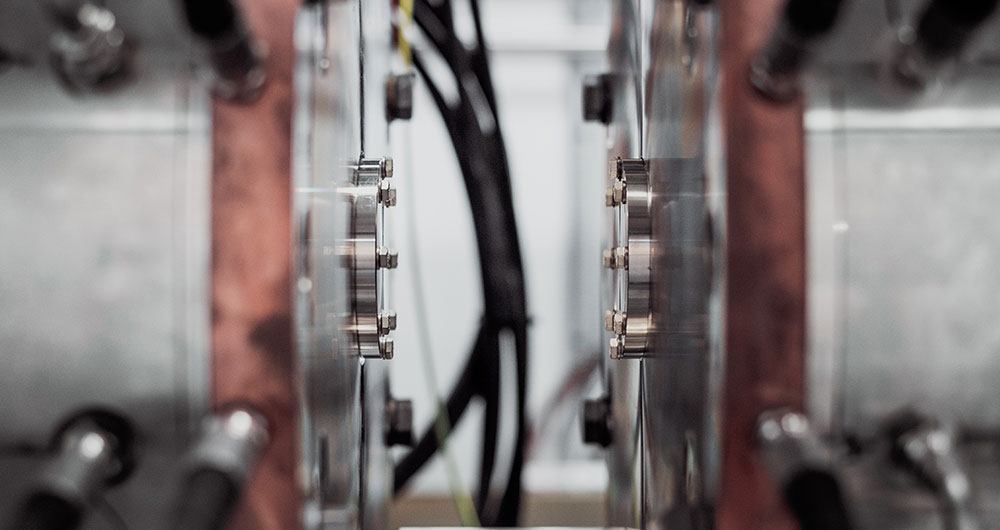Unsurprisingly, the COVID-19 pandemic has forced many retailers to rethink their entire business model and consider adopting an automated process for packaging. The Coronavirus pandemic will be a defining moment in history for years to come for many reasons, but if you’re an online retailer you’re likely to have witnessed a considerable peak in sales during the lockdown. With more and more consumers left with no outlet for escape, it is no wonder those who had never shopped online before chose to switch to e-commerce. This was of course great news for online retailers who unlike other businesses could thrive in sales, but the reality of many e-fulfilment centres, they struggled to cope with demand.
Those already with a Packaging Automation system in place were in a beneficial position as they could safely limit the number of staff in the warehouse and abide by social distancing during this unprecedented time. On the other hand, those supply chains that have been dragging their feet in automation had to tackle the struggle of not being able to meet the demand in sales and thus face the bad reputation that comes with this. E-commerce supply chains require fast order processing, efficient picking and packing and reliable delivery of thousands of units per day, so when you fail at this, you ultimately fall victim to poor reviews and a damaged brand.
Automation has helped many Online Retailers through COVID as they have been able to reduce the congestion of staff in the packing areas, whilst still increasing the volume of deliveries at the same time. Not only does automated packaging provide a sustainable option and encourages waste reduction, automated packaging provides reassurance for consumers. During a world-wide health crisis, consumers have understandably grown more concerned about where they source their products and having knowledge that their product and its packaging has been handled by as few people as possible is a new selling point for retailers. In a time that sees an increased awareness in hygiene, the value of single-use packaging may be on the rise again…
By focusing on efficiency and delivering to your consumers, we have already seen a steady increase in packaging automation as e-commerce retailers take greater control over the supply chain. Right sized packaging enables a single operative to make any box, at the correct size for any goods, packing single or multiple items. This means faster packaging, using less materials and smaller packages, so you can get more products per pallet – reducing truckloads, cost and carbon. When you combine this with our corrugated Fanfold material, you can typically generate a 25% reduction in corrugated costs and up to a 100% reduction in void fillers. As logistics centres increase social distancing measures, automation can help increase throughput with reduced staffing levels.
To find out more about our automated packaging options, please get in touch.







